If there is no marble, what kind of stone is the standard travertine? Standard travertine is a sedimentary stone of chemical origin with different price list and color per meter, square foot.. Along with more or less layers, cemented structure, microcrystal formed as a result of releasing carbon dioxide into the atmosphere and photosynthetic plant organisms.
This process, also known as the “karst phenomenon”, helps calcium carbonate quickly in the shape of a shell. During the deposition process, in addition to calcium carbonate, other precipitated carbonates, especially magnesium and manganese, as well as iron hydroxides, which are strongly affected in the appearance and especially in the color of the travertine.
The size of the tanks and their expansion depends on the type of shell structure, the quality of rainfall, the speed of water flow, the amount of vegetation in the removal of CO۲, and it has less dense structure than marble. Two main types of travertine or hot water travertine which form at room temperature have been identified. Heat travertices are formed after salt deposition from hot mineral water.
Cooling the water and carbon dioxide pressure difference between the atmosphere and thermal water system cause strong sediment characteristics near spring and leads to production of highly thick and dense travertine parts. These channels are usually found in central Italy due to the high availability of hot water. The second type of travertine occurs due to “rock” springs, usually known as high salinity.
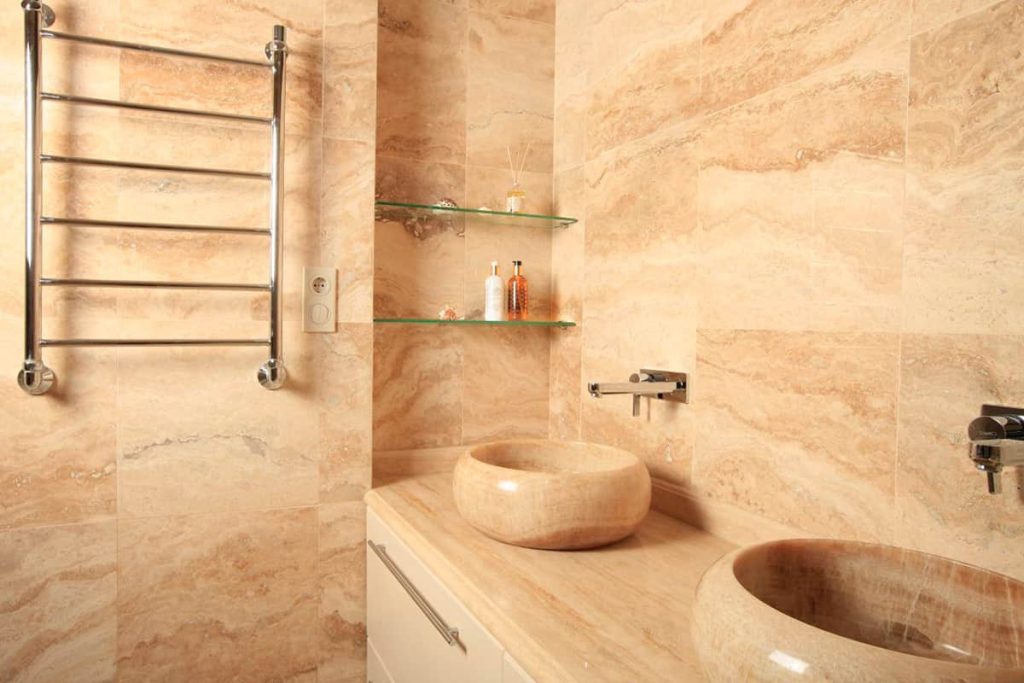
In this case, when the groundwater is discharged into the atmosphere, a rebalance occurs between dissolved carbon dioxide and atmesfery, resulting in the deposition of calcium carbonate and the formation of calcite layers. Mineralogy, what kind of stone is Travertine? Travertine is almost entirely composed of calcium carbonate.
Other terverton elements, though small, are minerals, clay minerals, manganese, and iron hydroxides, gypsum, white mica, sulfur and chlorine. The presence of plants (such as leaves, algae, leaves, etc.) is another indicator of a morphological view: travertine is actually characterized by a vacuolar structure, where the cavity exists (cut or hole up to several centimeters).
This is usually due to the disintegration of organic materials within rocks. What kind of rock is the travertine due to its physical and mechanical properties? Its specific weight is higher than 2,500 kg/mc, and resistance/compression can reach 1,200 kg/cm۲. These ratios clearly depend on the cavities of the rock: the higher the holes of the rock, the stronger and more complex the rock.
But when the porosity of 20 to 30 percent of the total volume increases, we will no longer speak of the travertine, but of “sponge stone”. Another feature of Travertine is that it binds and binds during exposure to air: It is due to the metabolism of calcium bicarbonate, as long as this element exists, it never stops.
standard travertine price
Standard travertine per meter
Standard travertine colors
standard travertine price
The standard value of Travertine Powers is $4 to $6 per square foot. This kind of natural stone tiles are divided into three categories of the most expensive to the least cost: Premium/First Level: Low filler. The best travertine comes from the lower Tivoli plain, and especially from the Tivoli and Gidonia municipalities, where about thirty travertine mines are employed.
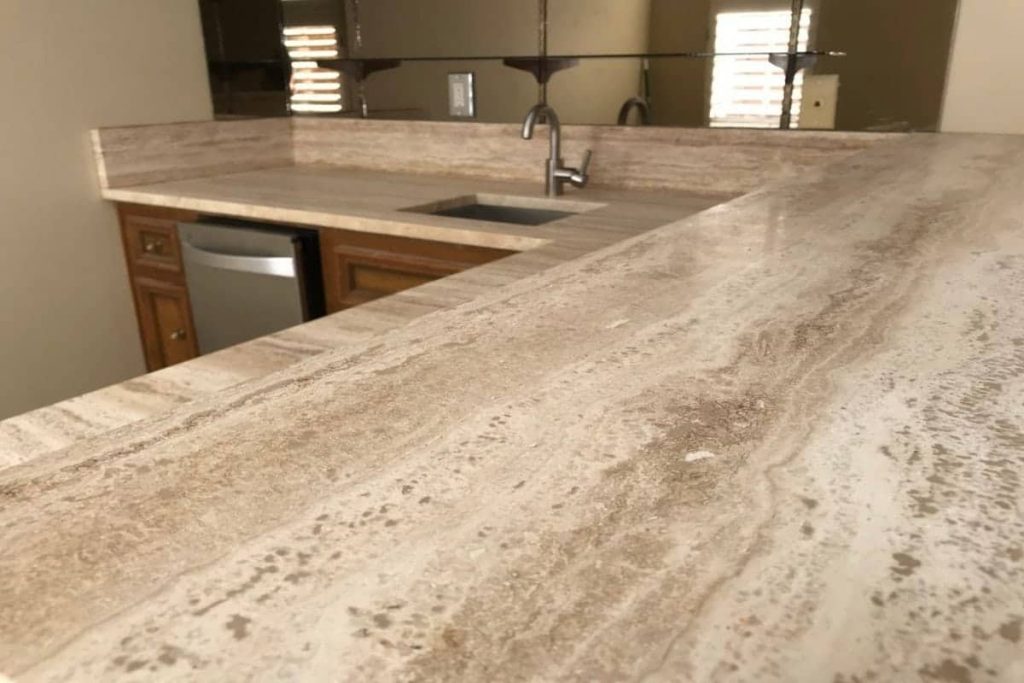
In addition to the Lazio region, which is of particular importance to tradition and quality in materials processing, the country’s main mining centers are located in Abruzzo (for example, in Ascoli Piceno, churches, palaces and terraces are entirely made of travertine); Tuscany (especially in Rapogliano Terme in Sinai), Umbria and March.
If you look at the Travertine mining industry all over the world, there are other kinds of travertine (often confused with Roman travertine) from other parts of the world.
Outside of Italy, areas where travertine mines are often found North Africa (especially Tunisia and Egypt with yellow travertine), Middle East (especially Iran and Turkey) are travertine mines in Turkey of various kinds such as Turkish travertine, Iranian travertine, Red travertine and Titanium Travertine) and South America (Chile).
Travertine was undoubtedly Roman’s favorite stone for building construction in the construction industry, due to its payment characteristics, good resistance to erosion and its ability to easily soften and shape.
The most famous historic monument made from travertine (used in the construction of the main pillar, floor and exterior facade) is without doubt Clozium, which is included in seven new wonders of the world in 2007, in addition to being an undisputed symbol of the capital and a UNESCO heritage site. The world considers that a road was deliberately built to transport travertine blocks from the Tibouli mines to the capital.
In addition to this dome, Travertine decorates the exterior of the Marcello Towers, the pillars of St. Peter’s Cathedral and St. Peter’s Cathedral.
Pither’s basilica are the buildings of the Santa Maria Maggiore and the San Giovanni Basilica in Latrano. The combination of travertine and water in all its glory is expressed in the striking baroque detail at the work of the Trevi Fountain, the largest fountain in Rome, and another symbol of the Eternal City.
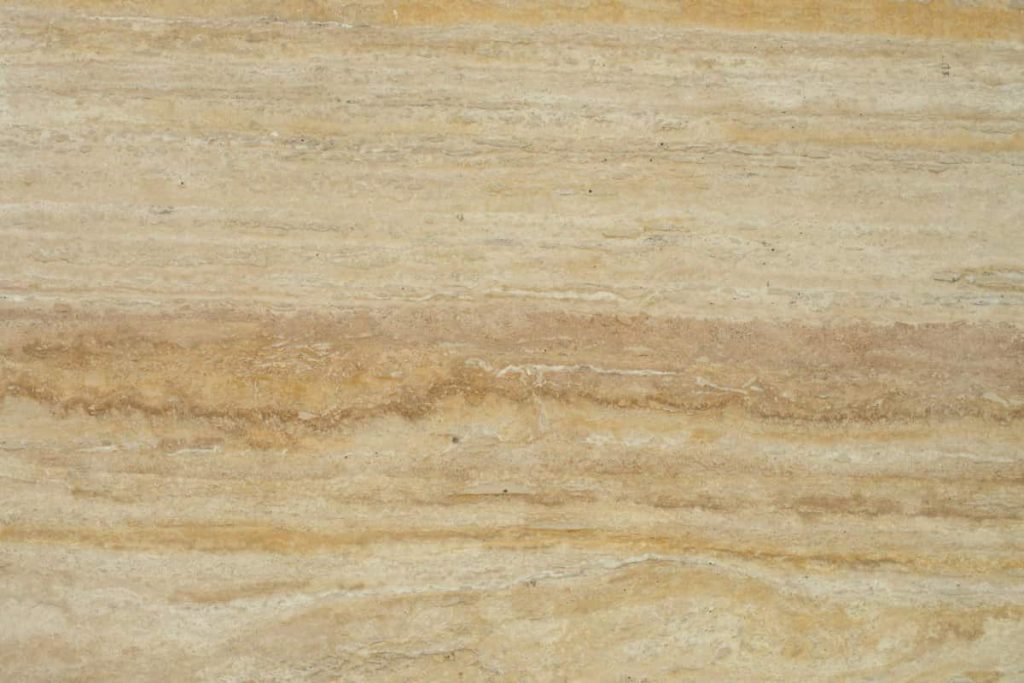
The arches of the aquatic arches were also made of Travertine stone. The Blue Lotus Arc, built with Travertine, gives the area the name “Arco de Travertino”. The waters of the clodin are characterized by an amazing Shiaroscoro effect, mainly due to the use of alternate terrine blocks and untreated rock blocks such as peperino and red crown, among other things.
Internationally, it is impossible to mention the sacred heart basilica in Paris, built from the stone of Château-Landen, as well as the type of frost resistant travertine that can increase with age and maintenance from rain.
Or the Getty Images Center in Los Angeles, where more than 100,000 square meters of Travertine stone imported from Italy is complementing the natural environment and respecting the concept of historic building.
Standard travertine per meter
However, like other natural stones, travertine flooring can cost different prices from US$3 to US$30 per meter, depending on the quality and finish of the rock. Finish can be from natural (most expensive) to polished, polished and sealed (most expensive). Depending on the source and different colors available, it is possible to create a range of different travertine colors, among the more in the market.
This shadow is not one of the most well-known but certainly one of the most beautiful. It should be stressed that this color is also widely used for travertine or slabs with a travertine effect such as travertine porcelain stone, for example. Below is the list of three types of Travertine Gray: Rapuno Silver Travertine, Vesta Travertine and Travertine Titanium
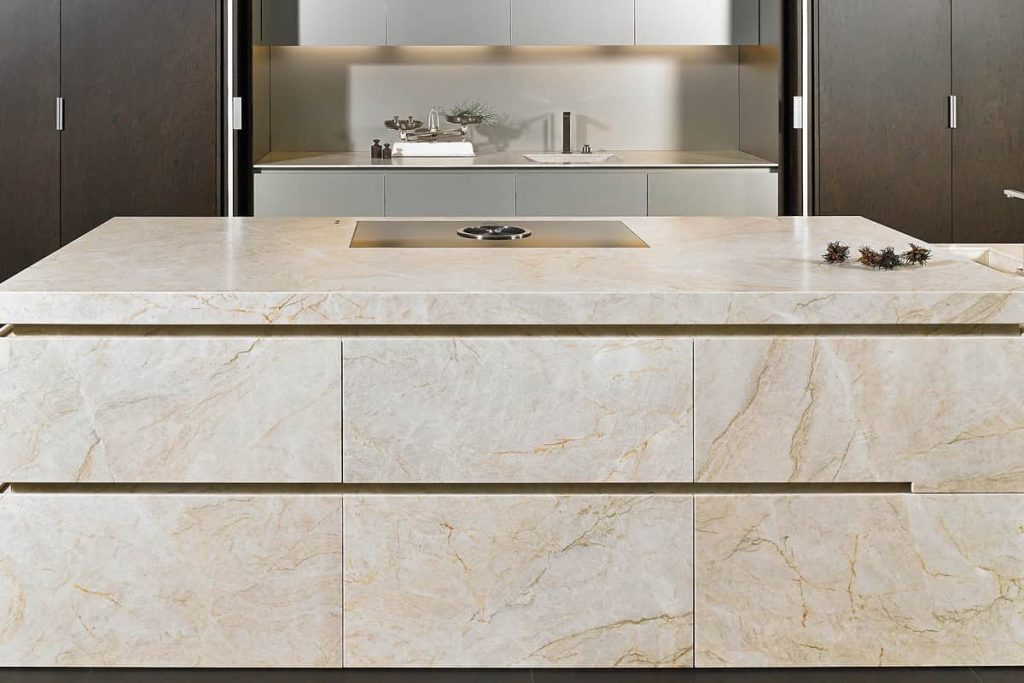
Silver travertine together with the silver Zebra Travertine is one of the most valuable species in the Rapolano mine in Tuscany. This type of travertine is characterized by dark colors, particularly straight grains of gray, silver and beige.
These pigmented properties make it a unique stone worldwide, so that silver travertine is often the choice for internationally accredited projects.
An Italian travertine stone with a light gray or ekru background and cut with different colored veins such as white, silver or ivory. The trovertine vesta vessels are often very characteristic, rippling and differing in length and strength.
Titanium travertine is a type of travertine originally mined in Iran and Turkey. Titanium travertine has an amazing color spectrum from dark gray (sometimes brown) to dark phyritic.
Due to its unique color and characteristics that distinguish it from classical travertine, it is ideal for spaces with modern design and combination with common industrial materials such as steel and concrete.
Yellow travertine comes mainly from the Middle East, although we also include yellow travertine imported from Italy, the Roman gold travertine. Yellow travertine usually has a cream-colored background with dark yellow paths that are very rare clear ways.
Yellow travertine is both inside and outside the country since ancient times and the kinds of yellow travertine that we have investigated, in addition to Roman gold travertine, yellow travertine (or Turkish) and 19th century gold travertine. In Iran.
This travertine is mainly Iranian but can also be found in Turkey. Iranian yellow travertine has a yellow and deep color due to the polishing process, rubbing and weaving. The shape of Iranian yellow travertine is thin and dense, on which thin brown or white vessels can be recognized. The use of Iranian yellow travertine is recommended in cases where water exists, because the wet effect improves the yellow color of the stone.
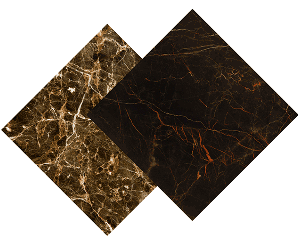
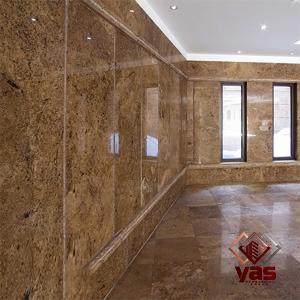
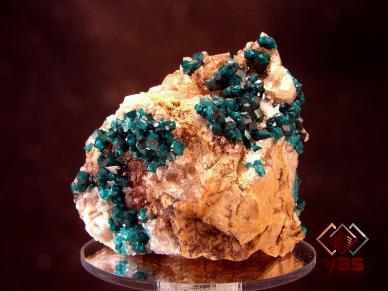
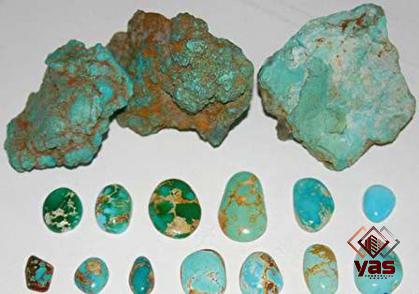
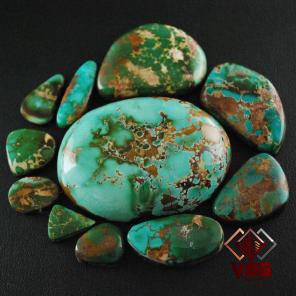
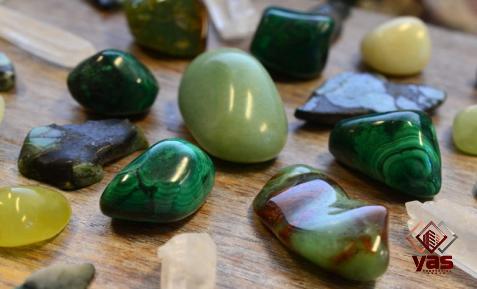
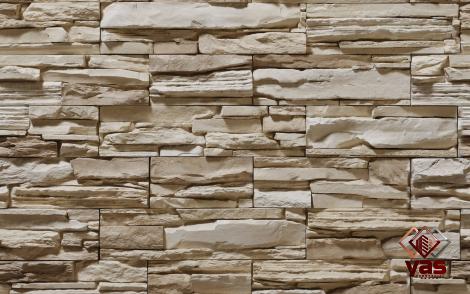
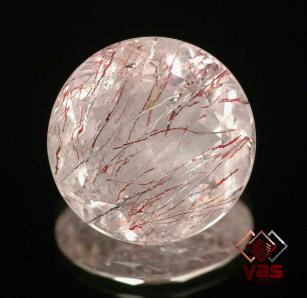
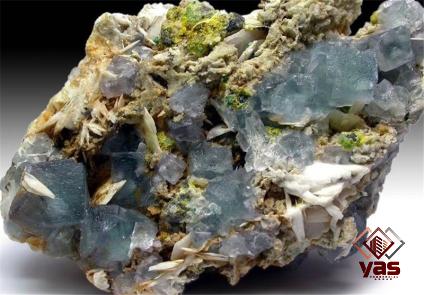
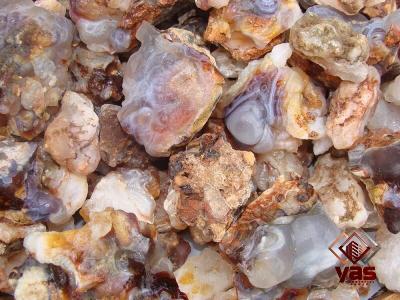
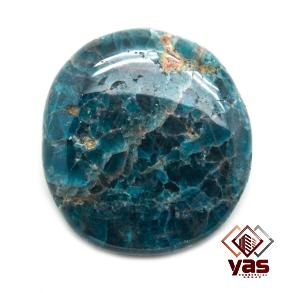
Your comment submitted.